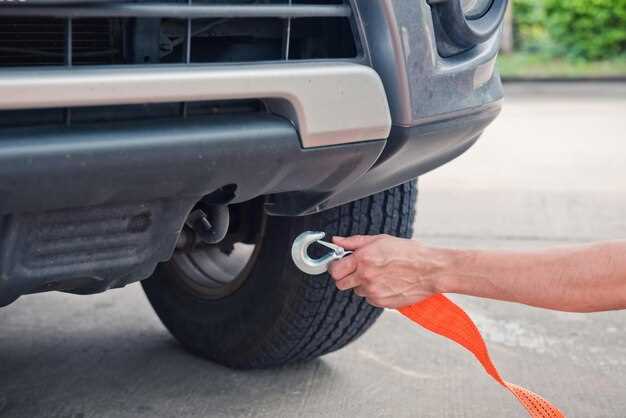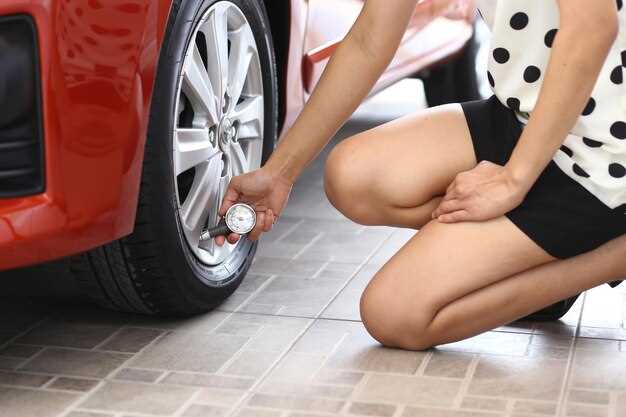
How to know if your shocks or struts are worn
- Dominique Kaye
- 0
- Posted on

Proper vehicle suspension is crucial for ensuring a smooth ride and maintaining control while driving. Shocks and struts play a vital role in this system, being responsible for absorbing bumps and impacts from the road. Over time, these components can wear out, leading to a range of issues that can affect both safety and performance.
Ignoring the signs of worn shocks or struts can result in costly repairs and increased risk of accidents. Identifying the symptoms early can save drivers from more extensive damage to their vehicles. Common indicators include excessive bouncing, uneven tire wear, and a noticeable decrease in handling agility.
In this article, we will explore the key signs that your shocks or struts may be worn and require immediate attention. Understanding these warning signals can help ensure a safer and more comfortable driving experience, highlighting the importance of regular vehicle maintenance and inspections.
Increased Stopping Distance and Uneven Brake Performance

Worn shocks can significantly impact your vehicle’s braking capabilities, leading to increased stopping distances that can compromise your safety on the road. When the shocks are no longer able to effectively absorb road vibrations and maintain proper tire contact with the surface, the ability of the brakes to perform optimally is severely affected. This results in a longer distance required to bring your vehicle to a stop, which can be critical in emergency situations.
In addition to longer stopping distances, worn shocks can cause uneven brake performance. If the shocks are unable to distribute the weight of the vehicle evenly across all four tires, it can lead to one side experiencing more grip than the other. This imbalance can cause the vehicle to pull to one side when braking, making it difficult to maintain control. Such uneven responses not only increase the risk of skidding but can also lead to premature wear on brake components, compounding the problem.
Ignoring these signs can lead to more severe issues, including compromised vehicle stability and increased risk of accidents. Regularly inspecting your shocks and addressing any wear or damage is essential to ensure that your braking system operates effectively, ultimately enhancing your overall driving safety.
Unusual Noises When Driving Over Bumps or Turns

Experiencing unusual noises while driving can be alarming and often signals underlying issues with your vehicle’s suspension system, particularly with struts. When shocks and struts wear out, they may produce clunking, rattling, or squeaking sounds when navigating over bumps or making sharp turns.
A clunking noise is typically indicative of insufficient damping ability in the struts, which may allow excessive movement of the vehicle’s body. This can lead to poor handling and increased wear on other suspension components. If you hear a rattling sound, it might suggest that parts within the strut assembly are loose or damaged, creating a lack of stability during maneuvers.
Squeaking noises can also arise and are often associated with strut mounts that have deteriorated or lack lubrication. The constant compression and decompression of the struts can exacerbate these sounds, particularly when the vehicle passes over uneven surfaces.
It’s essential to address these noises promptly, as ignoring them can lead to further suspension damage and compromised safety while driving. Regular inspections and maintenance of your struts are crucial to ensure your vehicle remains in optimal condition and to prevent escalation of these issues.
Excessive Nose Diving or Swaying During Acceleration
Excessive nose diving or swaying during acceleration can be a significant indicator of worn shocks. When the shocks are functioning properly, they help maintain vehicle stability and control, preventing excessive weight transfer to the front during acceleration. However, when they begin to wear out, drivers may notice the front of the vehicle dipping disproportionately while accelerating, which can affect overall handling and safety.
This phenomenon is particularly pronounced when starting from a stop or speeding up quickly, causing the vehicle’s nose to dip toward the ground. This not only makes for a less comfortable ride but can also result in a longer stopping distance. Additionally, excessive swaying can occur when turning corners, making the vehicle feel unstable and unwieldy.
Drivers should pay attention to these signs as they can indicate a decline in shock absorber performance. Inconsistent contact with the road can lead to uneven tire wear and reduced traction, increasing the risk of an accident. It is important to address these issues promptly by inspecting and potentially replacing worn shocks to ensure optimal vehicle safety and performance.
